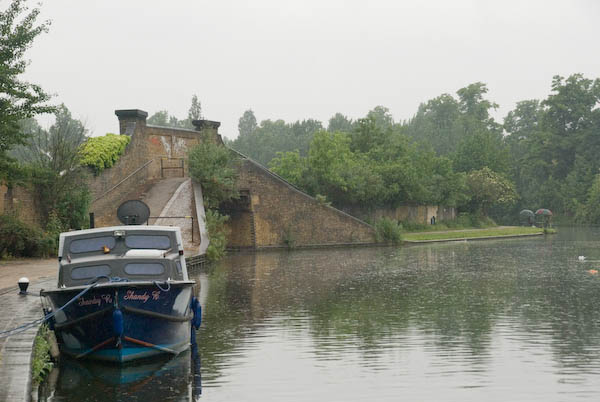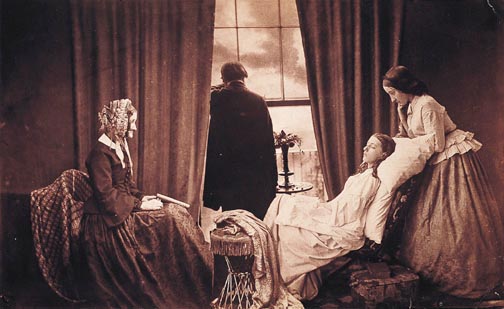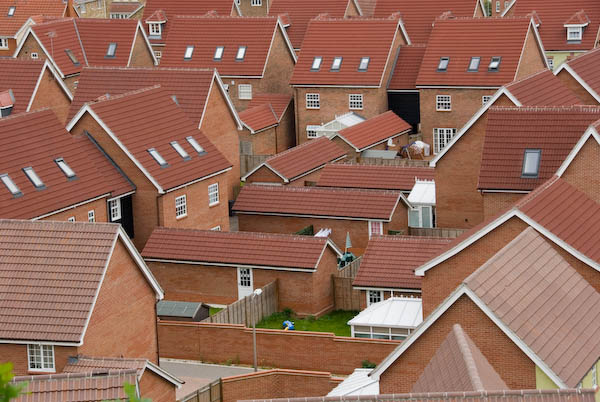Requirements
One of several things that I kept putting off in my previous incarnation at About Photography was a review of Adobe Photoshop Lightroom. I kept away from the betas that came out over around a year because although it looked interesting, my hardware wasn’t up for it. But when I heard the release date, Linda got my six-year-old PC and I got a new big black box with a reasonably fast processer and decent amounts of memory and storage to run Lightroom 1.0. (I instantly forgot such figures, but since some people like to know, Control panel tells me Intel Core2 6400 (2.14GHz), 2.93 GB, and ‘My Computer’ shows I started with 1395 GB of disk space.)
The second thing you need to make the most of Lightroom (hereafter ‘LR’) is a big monitor. If you want to print color it also makes sense to get a good monitor, and I chose an Eizo ColorEdge CE210W. Running at 1680×1050 pixels in 32 bit color it does a very nice job of displaying 1.5:1 aspect ratio images at 18″ wide – including both digital and scans from 35mm. Carefully adjusted with the supplied ColorNavigator CE software and an Eye-One Display 2 it has greatly improved my colour printing too – and the Display 2 can also calibrate all my other monitors. I’d certainly recommend a wide-screen monitor for use with LR – the program fits on better than on a normal ratio. I’ve not tried running it on dual monitors which might well be an even better solution.
Disillusion Sets In?
LR isn’t perfect – after all it is still in version 1.0 – and I’ve read on the web of various people becoming fed up and abandoning it. In several cases the problems that caused them to give up could have been solved by learning a little more about the software, and others certainly come from trying to run it on underpowered systems.
Improved Workflow
LR aims to look after most of your images from camera to end use, and for me it does a pretty good job. The tools for extracting from RAW are a real step up from those in Photoshop CS2, and are now up with the best available, although there are a few features that still need improvement (I was among many who cursed when they bought up the superior Pixmantec, but the free copy of Lightroom has now made me feel a lot better.) Of course there are still some images that need the more selective approach that Photoshop can provide, through appropriate selection or masking before applying effects, or indeed sometimes by combining areas of two different outputs from the same RAW file.
One of the strengths of LR for me is that it allows me to keep the old filing structures I’ve set up over the years to serve my purposes (with some very minor changes.) One of the reasons other people have given for abandoning it is that it doesn’t! Both statements could be true, but I suspect not. It took a lot of persistent fiddling to find out how to do it, and had I written a review after a short acquaintance I would probably have got it wrong.
Another is that it simplifies workflow and cuts down time. It automatically makes the initial backups I need. During the import I use a basic preset I’ve specified that applies a standard tone curve, a minimal amount of sharpening, performs an ‘auto tone’, a minimal amount of luminance noise reduction, rather more colour noise reduction and various other minor tweaks. For each group of images I import, it adds the basic keywords I specify, along with my standard name, contact and copyright information.
Chromatic Aberration
Recently, particularly thanks to Nikon’s 18-200mm VR lens, I’ve discovered chromatic aberration with a vengeance (the 10.5mm also has a nice amount too.) There is really very little on the other main lens I use, the 12-24mm Sigma. LR provides a simple pair of sliders that can largely remove it. I do wonder if this could be largely automated in the same kind of way that PTLens (winner of my best value award for Photoshop plugins) does for lens distortion.
Speed
As my initial paragraph suggested, LR needs a reasonably specified computer. I haven’t tried to install it on my notebook, and won’t. I’m currently working with a library of almost 50,000 pictures (and growing fast.) It does take the software some time to finish loading, although it comes up on screen almost immediately. It’s best to switch the computer and monitor on, start the software and do something else for a while – and it also gives the monitor time to become stable. Once it has finished all the things it does in the background, the software seems reasonably responsive on my system – and seldom keeps me waiting. I’m very impressed by the speed at which it writes out a set of a hundred or so files. With other software I used to do this as a background task, but with LR it hardly seems worth the CTrl+Alt+Shift+E keystroke needed after each and I usually just run the task at the end while I take a short breather.
Gripes? Of course.
- Importing files: So far I’ve found no way to automatically get LR to assign consecutively increasing numbers to files from different cards in the same directory. I have to look at the last file imported, add one and enter this into the start number box.
- Templates: Some templates can’t be edited or even deleted (except by going to the appropriate folder using ‘My Computer’.)
- Sharpening: This isn’t great, but then I don’t sharpen much – the libraries I send files to say not too. When I do sharpen for my own use I use the Focalblade plugin appropriately set for the particular output, rather than Photoshop’s rather less useful tools.
- Noise Reduction: Again doesn’t match that of the better Photoshop plugins, though gives a basic adequate effect on most of my files.
- Crashes and Hangs: This is version 1.0, and yes, it does from time to time. Usually it requires actually using Task Manager to end the LR process rather than the application. The good news is that so far, LR has then started up again without problems, and I’ve never lost any image files, nor even edit information other than about the file I was working on.
- Lens Distortion: One of LR’s biggest missing features for me is a tool for removing lens distortion (again, the Sigma is fine, but the Nikon 18-200 needs help.) It would be nice to see this made largely automatic along the lines of PTLens mentioned above.
Still No Review
I still don’t feel I know LR well enough to write a review (though some hacks do it from the press release.) After all I’ve only been using it 3 months, and have hardly looked at the Slideshow, Print and Web modules. But I’ve said from the start, this is something worth buying and worth spending time and trouble to get to know.
Lightroom 1.1
It’s good to hear that this free upgrade will be arriving before too long (Adobe are still coy on the date), including some fixes for a few of the problems above. According to reports on the preview (see for example in the comments on Scott Kelby’s Photoshop Insider blog – reposted well down the thread after details mysteriously disappeared in the item itself) here’s what we can expect:
- Lots of bug fixes, so it should crash less (and perhaps speed up a little;)
- It will apparently let you edit and delete metadata templates;
- Better ordering of templates;
- Support for exporting and importing (merging) libraries;
- Improved unsharp masking for sharpening, with controls for amount, radius etc.
- A ‘Clarity’ slider that increases local contrast using high radius low amount unsharp masking.
- A Spraypaint tool that lets you copy settings of various types – keywords, flags, develop settings, crop/rotation etc – to groups of images (replacing the Keyword Stamper.)
I suspect this will be the last free upgrade and the next (except perhaps for some bug fixes) will be chargeable, perhaps early next year. However if you’ve bought a book on using Lightroom, you may well want to upgrade that as well, as the changes are considerable.
Peter Marshall



